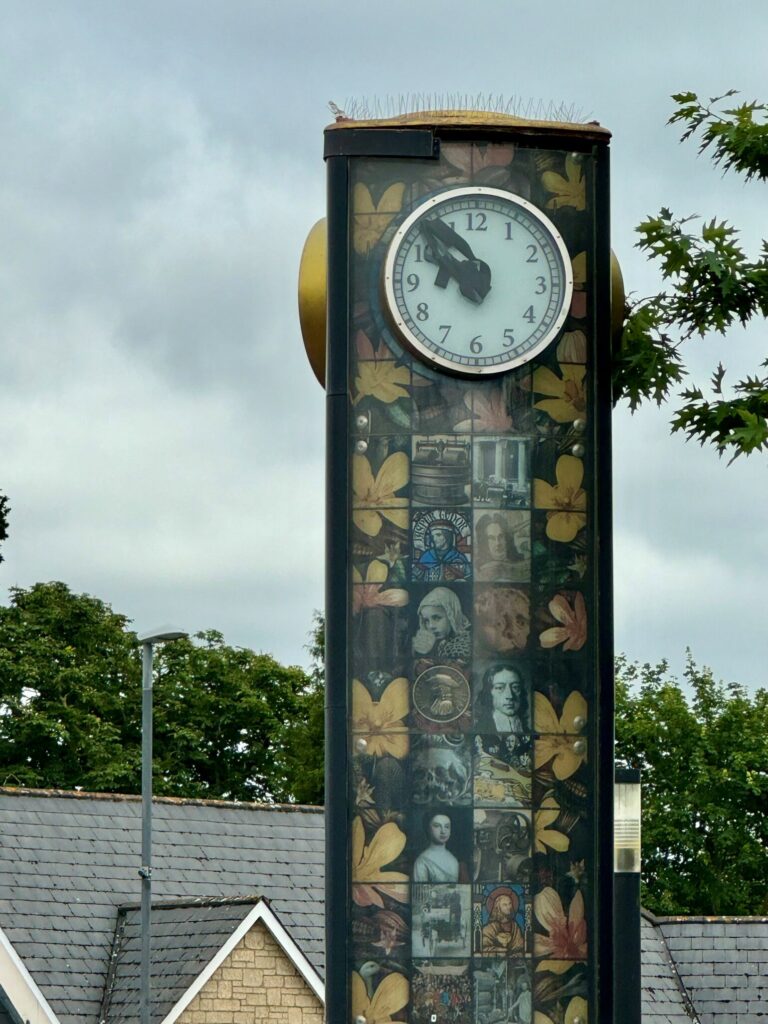Land – with her innate gift; place – what is on the land, either exploiting, suppressing, perverting or drawing forth the redemptive gifting; and people who recognise it is not about them but that they are agents for the freedom of the land – and in part being blind with no great knowledge of what they should do.
This brings me to the final element, that of time being aligned. Time has two functions… let me illustrate from sport… the goal is for our team to win the league, in 2024 our team was second bottom (OUCH), 2025 remarkably 2nd (EVER SO CLOSE), 2026 a big drop down to 12th position, but in 2027 we win the league. Question: when was the team in all those years closest to winning? There are two answers:
- 2026 as they were only one year away (we can term this chronological / clock / calendar time).
- 2025 as they were the closest in all those years to the top (we could coin a term here and call it ‘kairotic’ or opportune time).
Helpfully we have the two words in Scripture of chronos and kairos. Things happen when chronos does not simply trundle along one minute after another but there are interruptions (kairos) – moments / seasons when the kingdom is at hand and ‘the time has come’.
I have been pondering what elements from previous prophetic activity / protocols come with us into the next season and what elements are to be different. I am considering this as an era is unravelling. Great weight was placed on ‘knowledge’, ‘words of knowledge’, predictions of events in the past. I am not dismissing that but I sense a shift… ‘It will not rain’ said Elijah – impressive… ‘until’ – setting the time. ‘Sons of Isaacchar knew the times and the seasons‘ but did they predict what the season would consist of as in what events would take place?
This is the shift I see. If in the developing world I have been told that prophetic 101 is to ‘control the weather’ I am suggesting that it is now for us to align time so that chronos does not simply trundle on and on. It is to see and state the season and whether the events are rapid in succession and traumatic or over a period of time we might be ignorant about.
Alongside stating the season is recognising the signs of a season, and in prayer holding that in place so that the sign brings about what was being signed. Messianic figures always appear at kairotic moments – Jesus THE Messiah with his ‘the kingdom is at hand’ and false messiahs that he warned about at another kairotic (and time of judgement) time in the context of AD66-70. Those signs currently are around us. The necessity is for a holding in for the sign to produce something that is ultimately redemptive, even when there is clear judgement on what had previously held space.
I am hopeful that with the (previous) understandings of land, cities, redemptive gifts, that we can be those who do not allow time to run away but to bring it forward. That the clock that simply tells us what time it is gets unlocked so that there is true movement forward – or perhaps movement from what is to come breaking in on the present… Time alignment. We might not have predictions about the outcome – too often predictions are tied to our preferences. Time alignment is related to redemptive progress, and in most redemptive progress there is personal pain. ‘Will not rain until…’ was deeply inconvenient when his source of water dried up, nevertheless he held the space, with help from widows and creation. Help is available always – God’s packages are not wrapped in a way that we instantly recognise them.


